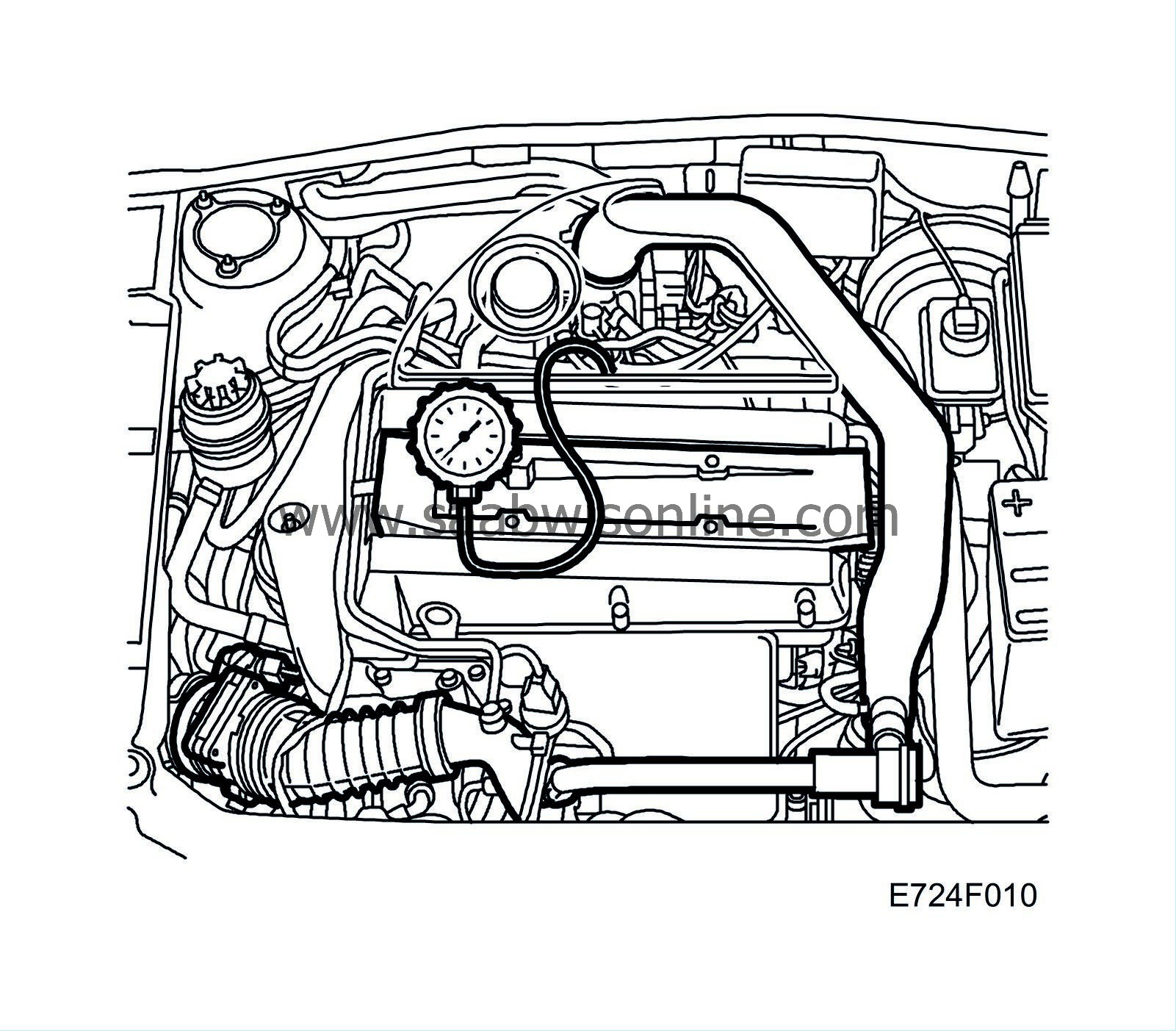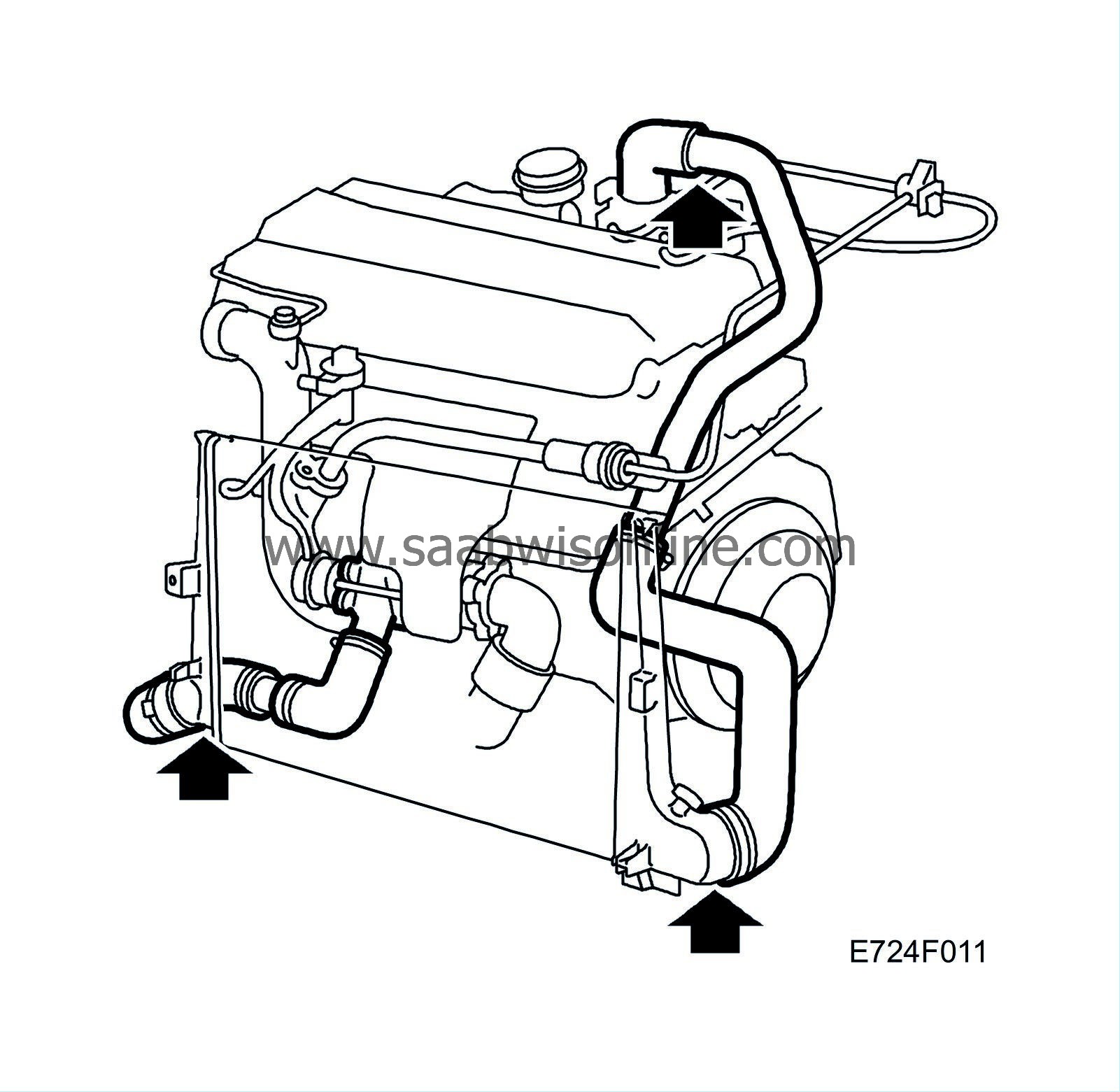P0300
Read the instructions below then
start the fault diagnostic procedure.
Symptom: CHECK ENGINE.
Uneven running and misfiring.
Random Misfire Detected.


Fault symptoms
|
•
|
Uneven running and misfiring.
|
On-Board Diagnostics
Type of diagnosis:
|
-
|
Continuous. However, it is interrupted once the fault criteria have been fulfilled and does not restart until the next driving cycle.
|
Enable criteria:
(Conditions that must be fulfilled for diagnostics to be performed.)
|
-
|
Global conditions for this diagnostic trouble code: Atmospheric pressure must exceed 78 kPa, coolant and intake air temperatures must exceed -7°C.
|
|
-
|
Engine has started. Main relay voltage exceeding 10V. Ignition discharge module combustion signals are registered. The number of missing combustion signals are accumulated for each cylinder every 1000th engine revolution. The total number of permitted misfires during 1000 engine revolutions is specified in a load and engine speed-dependent matrix.
|
Fault criteria:
(When enable criteria have been fulfilled, diagnostics will check if the fault criteria have been fulfilled.)
|
-
|
The number of missing combustions exceeds the number of permitted misfires.
|
Dependents:
(Once fault criteria have been fulfilled, a number of other diagnostics must report OK before the diagnostic trouble code can finally be generated.)
System reaction to a fault:
(Once the fault criteria have been fulfilled, certain measures will sometimes be taken.)
|
-
|
Under heavy engine loads, closed loop is blocked while misfiring occurs.
|
OK report:
(This diagnosis may be included as a dependent to another diagnosis and must therefore report OK even if it is continuous. The OK report is also used in fault handling to count down the fault counter.)
|
-
|
On condition that the fault criteria have not been fulfilled during the driving cycle, an OK report is issued after the ignition is turned off and before the engine has stopped. Two types of OK report can be issued:
Type 1: If a diagnostic trouble code is already stored for the diagnosis and the same operating conditions have occurred (coolant temperature above or below 71°C, engine speed +/-375 rpm and load +/-10%).
Type 2: If there is no diagnostic trouble code stored for the diagnosis or the same operating conditions have not occurred.
|
Fault handling:
(Refer to section “Fault diagnosis, general” for more information.)
Diagnostic help
If other diagnostic trouble codes are generated, check whether to start fault diagnosis with any of them. Read the Freeze Frame and change spark plugs.
Then conduct a general check of connectors and hoses and after that, a thorough check of compression, ignition timing and the fuel system.
Diagnostic tool functions related to this fault:
|
•
|
Diagnostic status for the diagnosis.
|
|
•
|
Multiplicative adaptation, unit %.
|
|
•
|
Additive adaptation, unit mg/c.
|
|
•
|
Purge adaptation, unit %.
|
|
•
|
Air mass deviation from calculated, unit %
|
|
•
|
Activation and zeroing of the misfire counter.
|
|
•
|
Activation of the ignition triggers.
|
|
•
|
Activation of the injector test.
|
|
•
|
Activation of the pump test.
|
Refer also to the description of activations under ”Fault diagnosis, general” for more information.
Check the wiring
Jiggle the wiring harness at several points and in different directions to check if there are intermittent breaks and short-circuits in the leads. Observe the multimeter, test lamp or diagnostic instrument during the test.




